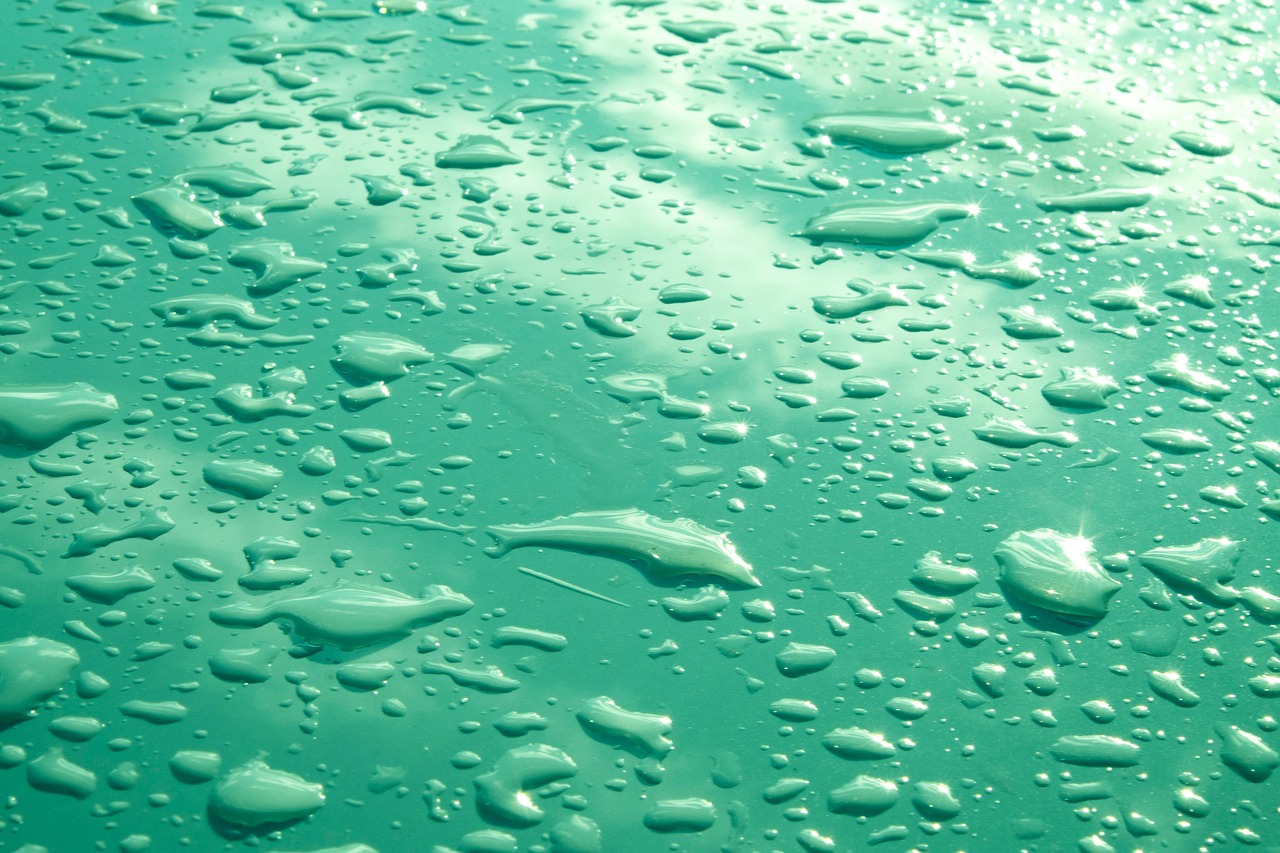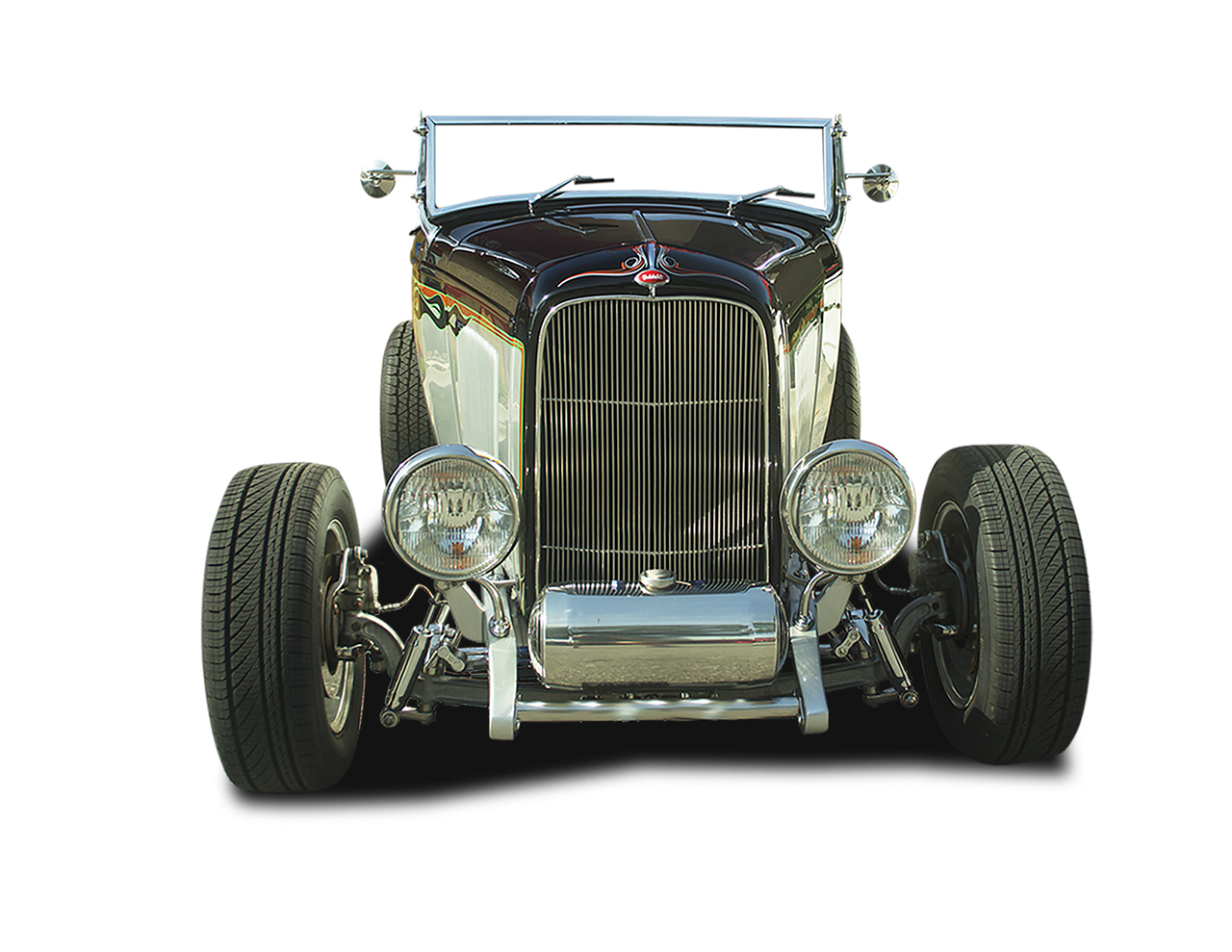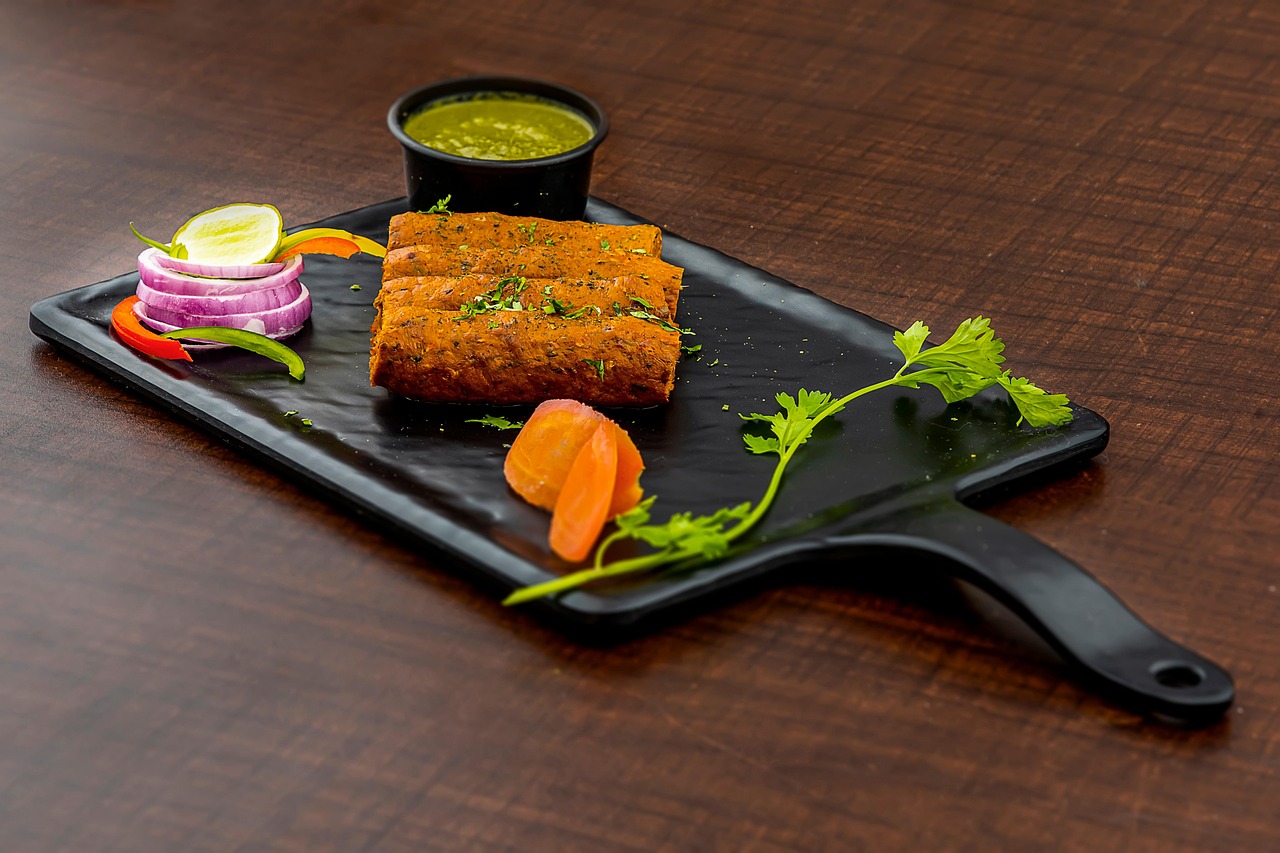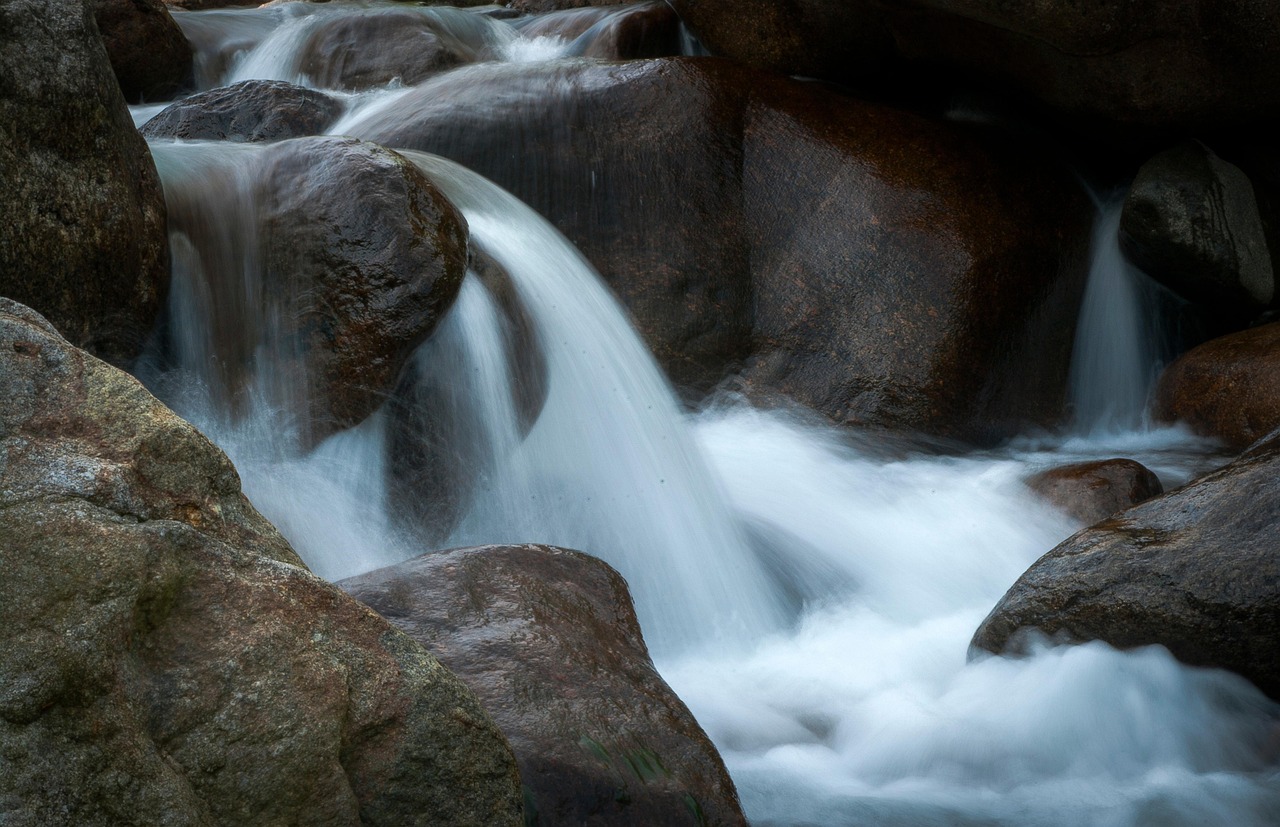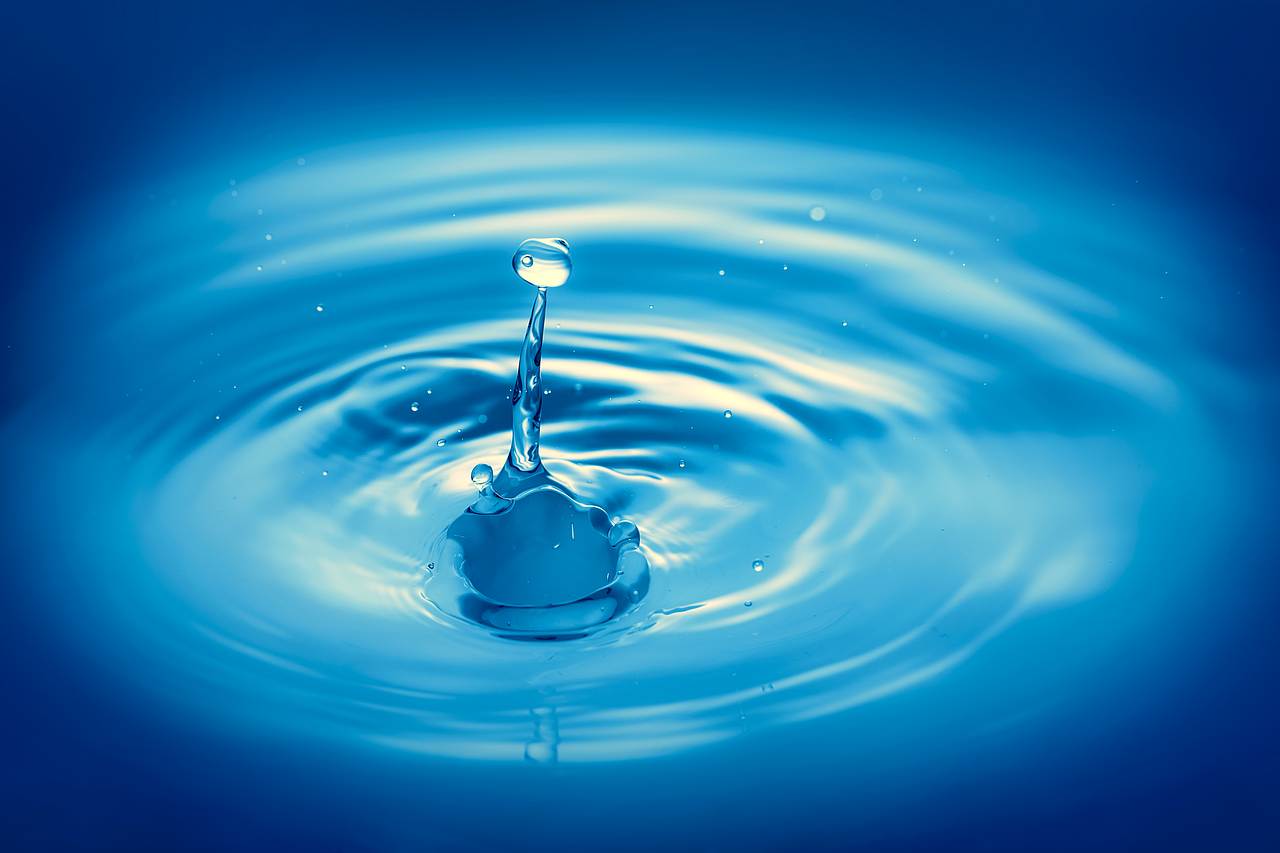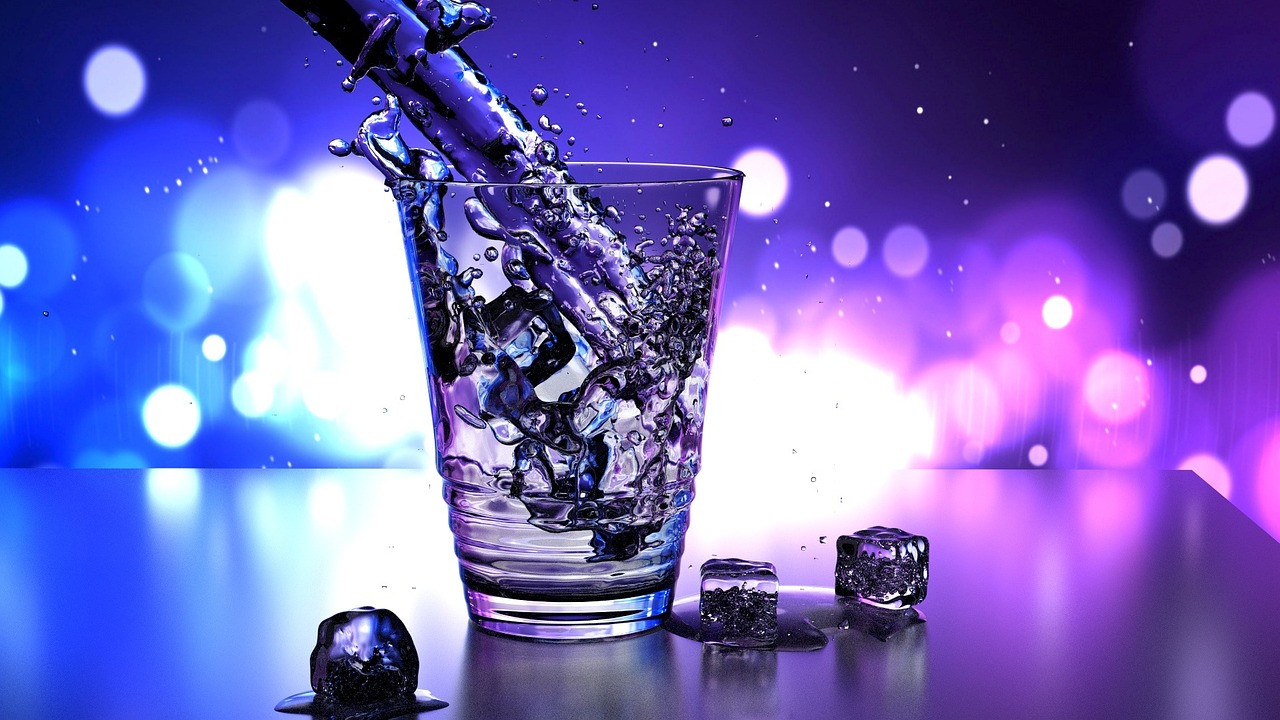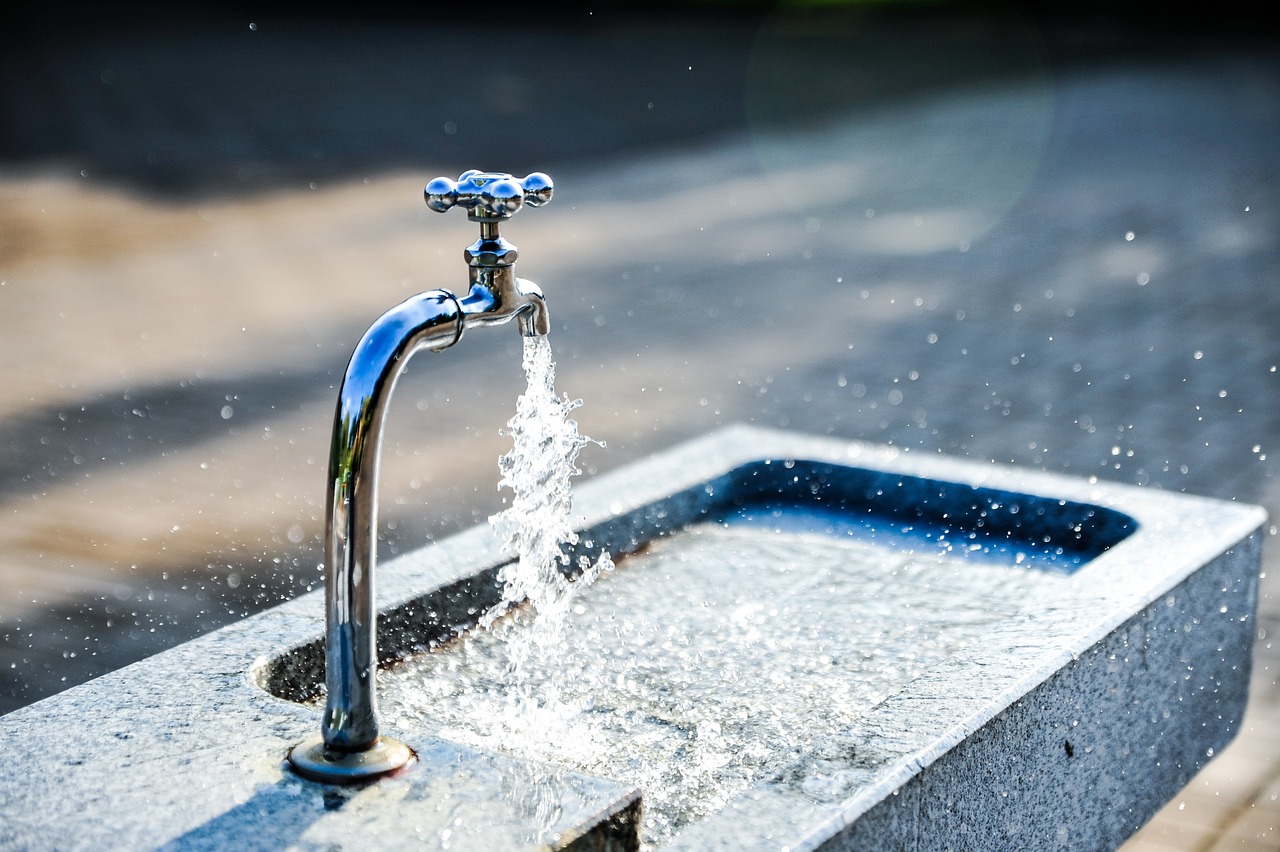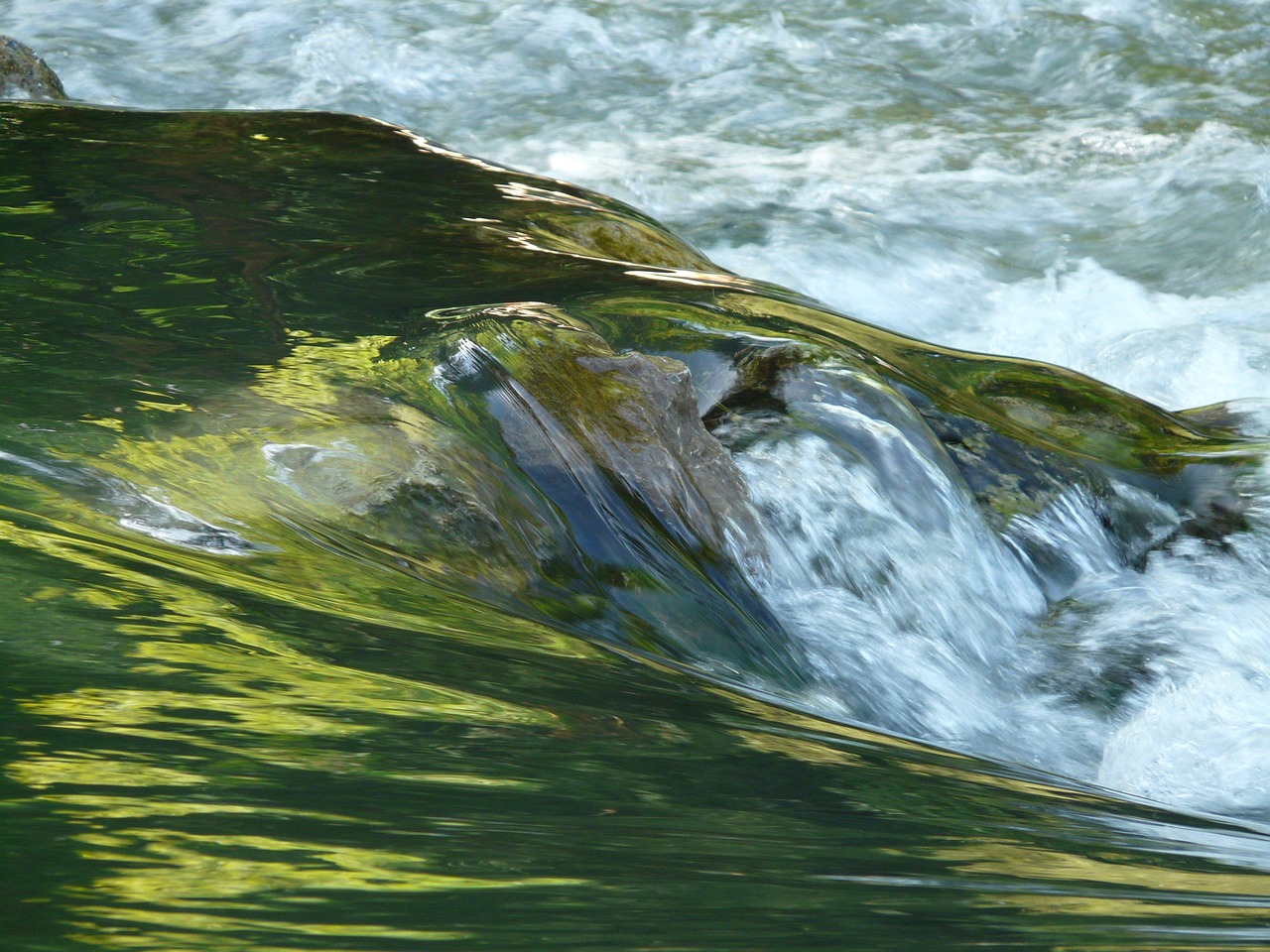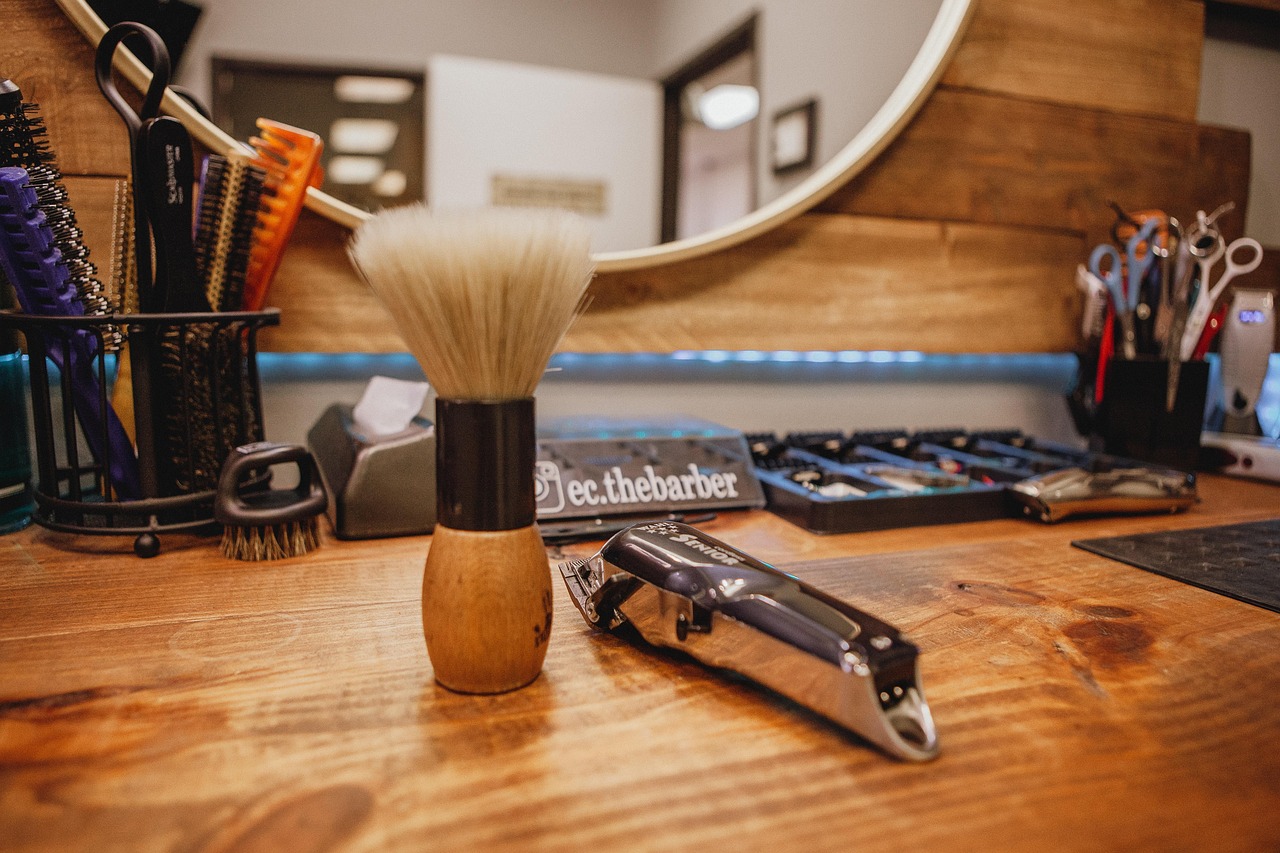This article explores effective kitchen hacks and techniques to expedite the boiling process of water, providing practical tips and insights for home cooks aiming to save time in the kitchen.
Understanding the Science of Boiling Water
Boiling water is a fundamental cooking process that involves heating water to its boiling point, typically 100°C (212°F) at sea level. Understanding the science behind boiling can help you employ effective techniques to make it faster and more efficient in your kitchen. The faster you can bring water to a boil, the quicker you can prepare your favorite meals.
Choosing the Right Pot for Boiling
The type of pot you use can significantly impact boiling time. Selecting a pot made from materials that conduct heat well, such as aluminum or copper, can enhance heat conduction and speed up the process. Additionally, the size and shape of your pot can affect how quickly water reaches a boil.
- Material Matters: Stainless Steel vs. Aluminum
- Size and Shape: The Right Dimensions
Stainless steel is durable but not the best conductor of heat. In contrast, aluminum pots heat up quickly and distribute heat evenly, making them ideal for boiling water.
A wider pot can increase the surface area exposed to heat, allowing for faster boiling. Ensure that the pot is not too large for the stovetop, as this can lead to inefficient heating.
Utilizing Lids to Trap Heat
Covering your pot with a lid can significantly reduce boiling time. Lids trap heat and steam, creating a higher temperature environment that accelerates the boiling process. This simple technique can save you several minutes when preparing pasta or boiling vegetables.
Heat Source: Choosing the Best Option
The heat source you use can alter the time it takes for water to boil. Gas stoves often provide instant heat, while electric stoves may take longer to reach high temperatures. Induction cooktops are gaining popularity for their efficiency and speed.
- Gas vs. Electric: Which Heats Faster?
- Induction Cooktops: A Modern Solution
Gas stoves heat up quickly and allow for immediate temperature adjustments, making them favorable for boiling water. Electric stoves, while generally slower, can still be effective with the right pot.
Induction cooktops use electromagnetic energy to heat pots directly, resulting in faster boiling times compared to traditional methods.
Adding Salt: Myth or Reality?
Many cooks debate the impact of adding salt to water before boiling. While salt does raise the boiling point of water, the effect is minimal and often not worth the extra time it takes to dissolve. Instead, consider adding salt after the water has begun to boil.
Using a Kettle for Efficiency
Electric kettles are designed for rapid boiling and can save time and energy compared to boiling water on the stovetop. They often feature automatic shut-off functions, ensuring safety while you multitask in the kitchen.
- Choosing the Right Electric Kettle
- How to Use a Kettle Effectively
Look for kettles with a high wattage for faster boiling times and features like temperature control for versatility.
Fill the kettle only with the amount of water you need to boil, and ensure it is placed on a flat, stable surface to maximize efficiency.
Preheating Water: Is It Worth It?
Preheating water in the microwave or using hot tap water can save time. While microwaving can be effective, it’s essential to stir the water before boiling to ensure even heat distribution.
Other Kitchen Hacks to Speed Up Boiling
Beyond the basics, there are additional hacks to consider. Using smaller quantities of water or innovative tools like a pressure cooker can expedite the boiling process. Experiment with these methods to find what works best for your cooking style.
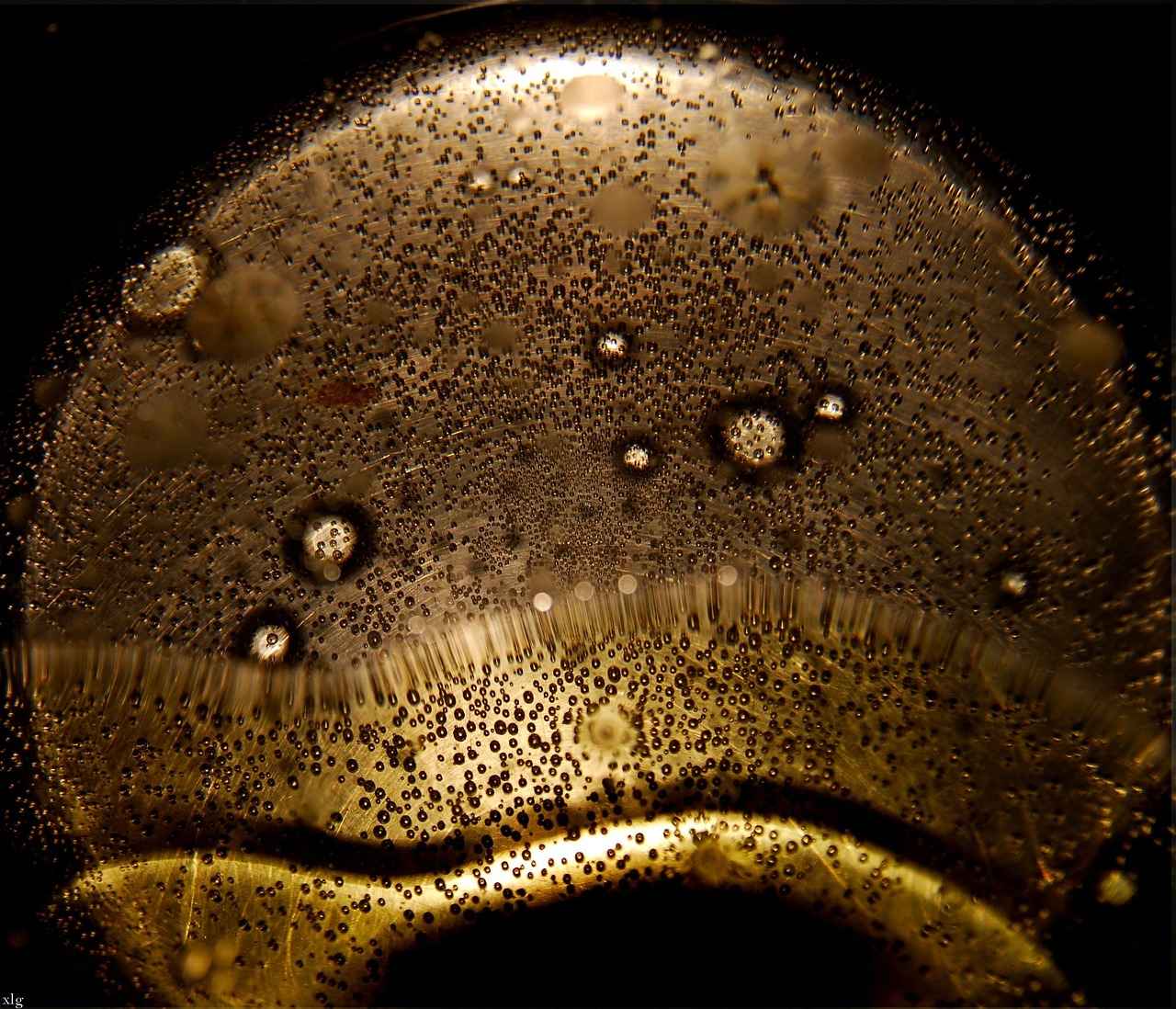
Understanding the Science of Boiling Water
is essential for anyone who spends time in the kitchen. Boiling water is not just a simple task; it involves a fascinating interplay of heat, pressure, and energy transfer that can significantly influence your cooking efficiency. By grasping the underlying principles, you can employ techniques that will make your boiling process not only faster but also more effective.
At its core, boiling occurs when water reaches a temperature of 100 degrees Celsius (212 degrees Fahrenheit) at sea level. This temperature causes water molecules to gain enough energy to transform from a liquid state to a gaseous state, resulting in the formation of steam. However, several factors can affect how quickly water reaches this critical temperature.
- Heat Source: The type of heat source you use plays a pivotal role in the boiling process. Gas stoves typically provide instant heat, allowing for quicker boiling times compared to electric stoves, which may take longer to reach the desired temperature.
- Pot Material: The material of your pot can greatly influence heat conduction. For instance, aluminum pots conduct heat more efficiently than stainless steel, meaning they can bring water to a boil faster.
- Surface Area: The size and shape of your pot also matter. A wider pot allows for greater surface area, which can enhance the rate at which water boils.
Another important aspect to consider is the use of lids. Covering your pot traps heat and steam, creating a higher pressure environment that accelerates the boiling process. This simple technique can cut your boiling time significantly.
Interestingly, many cooks wonder if adding salt to water before boiling has any effect on the boiling time. While it is a common belief that saltwater boils faster, the reality is that adding salt raises the boiling point of water, which can actually make it take longer to boil. However, the flavor enhancement it provides to your dishes often outweighs this minor drawback.
When it comes to efficiency, using an electric kettle can be a game-changer. Designed specifically for rapid boiling, electric kettles can bring water to a boil faster than traditional stovetop methods. They are equipped with powerful heating elements that maximize energy transfer, making them an excellent choice for busy cooks.
In addition to these techniques, consider preheating your water in the microwave or using hot tap water to give your boiling process a head start. This can save valuable time, especially when you are in a hurry.
Lastly, don’t overlook the importance of experimenting with different methods and tools to find what works best for you. Whether it’s adjusting the heat source, trying different pot materials, or utilizing innovative kitchen gadgets, understanding the science behind boiling water can lead to a more efficient cooking experience.

Choosing the Right Pot for Boiling
When it comes to boiling water, the choice of pot is more important than many might realize. The type of pot you use can significantly impact boiling time. Selecting a pot with the right material and size can enhance heat conduction and speed up the process. Understanding these factors can help you save time and energy in the kitchen.
Material Matters: Stainless Steel vs. Aluminum
Different materials conduct heat differently, which can greatly affect how quickly water reaches its boiling point. Stainless steel pots are durable and resistant to corrosion, but they are not the best at heat conduction. On the other hand, aluminum pots are excellent conductors of heat, allowing water to boil faster. If you want to maximize boiling efficiency, consider using a pot made of aluminum or one that has an aluminum core for improved heat distribution.
Size and Shape: The Right Dimensions
The size and shape of your pot also play a crucial role in boiling time. A wider pot provides a larger surface area, which can help water heat up more quickly. Conversely, a tall and narrow pot may take longer to bring water to a boil because it has less surface area exposed to heat. When selecting a pot, aim for one that balances depth and width to optimize boiling efficiency.
Using Lids to Enhance Efficiency
Another important factor in boiling water quickly is the use of a lid. Covering your pot can trap heat and steam, which significantly reduces the time it takes for water to boil. The lid creates a sealed environment that builds pressure, resulting in higher temperatures and faster boiling. Always keep a lid handy when boiling water to enhance efficiency.
Choosing the Right Heat Source
The heat source you use can also affect boiling time. Gas stoves tend to heat up pots more quickly than electric stoves, but induction cooktops are often the fastest option. Induction cooktops work by generating heat directly in the pot, allowing for rapid heating and precise temperature control. If speed is your priority, investing in an induction cooktop may be worth considering.
Additional Tips for Boiling Water Quickly
- Use Hot Tap Water: Starting with hot tap water can cut down on boiling time.
- Preheat in the Microwave: Preheating water in the microwave before transferring it to the pot can save time.
- Use a Kettle: Electric kettles are specifically designed for rapid boiling and can be more efficient than traditional pots.
By understanding the importance of pot selection and utilizing effective techniques, you can significantly reduce boiling times. Whether you choose the right material, size, or heat source, these simple adjustments can lead to a more efficient cooking experience.
Material Matters: Stainless Steel vs. Aluminum
When it comes to cooking, the choice of pot material can significantly influence both boiling efficiency and overall cooking performance. Two of the most commonly used materials in kitchen cookware are stainless steel and aluminum. Understanding the differences in their heat conductivity properties can help you make an informed decision about which pot to use for boiling water.
Heat Conductivity: A Key Factor
Heat conductivity refers to how well a material can transfer heat. Aluminum is renowned for its excellent heat conductivity, making it a popular choice in kitchens. This metal heats up quickly and distributes heat evenly, allowing water to reach its boiling point faster. In contrast, stainless steel has lower heat conductivity compared to aluminum. However, many stainless steel pots are designed with a core of aluminum or copper to enhance their heat distribution properties.
Boiling Efficiency
In practical terms, when boiling water, aluminum pots can often bring water to a boil more quickly than their stainless steel counterparts due to the former’s superior heat conduction. This can be particularly beneficial when time is of the essence, such as when preparing meals in a busy kitchen. However, the efficiency also depends on other factors like pot size, shape, and the heat source being used.
Durability and Maintenance
While aluminum pots may offer faster boiling times, they are generally less durable than stainless steel. Aluminum can scratch and dent more easily, and it may react with acidic foods, altering the taste. On the other hand, stainless steel is known for its durability and resistance to rust and corrosion, making it a long-lasting investment in your kitchen. Additionally, stainless steel pots are typically easier to clean and maintain, as they do not stain or retain odors.
Cooking Performance
Cooking performance is not solely about boiling water; it also includes how well the pot performs during other cooking tasks. Stainless steel is favored for tasks requiring precise temperature control, such as sautéing or simmering, due to its ability to maintain heat. Conversely, aluminum pots excel in tasks that require quick heating, such as boiling or frying.
Cost Considerations
When comparing costs, aluminum pots are generally more affordable than stainless steel options. However, considering the longevity and performance of stainless steel, many home cooks find that investing in high-quality stainless steel cookware pays off in the long run.
Conclusion
In summary, both stainless steel and aluminum pots have their unique advantages and disadvantages when it comes to boiling efficiency and cooking performance. If your primary goal is to boil water quickly, aluminum may be the better choice. However, for overall durability and versatility in various cooking tasks, stainless steel is hard to beat. Ultimately, the best choice will depend on your specific cooking needs and preferences.
Size and Shape: The Right Dimensions
When it comes to boiling water efficiently, the size and shape of your pot play a crucial role. Understanding how these factors influence water volume, surface area, and heat distribution can help you make an informed choice for optimal boiling. In this section, we delve into the importance of selecting the right dimensions for your cooking pot.
Surface Area and Heat Transfer
The surface area of the pot is fundamental in the boiling process. A larger surface area allows more heat to be applied directly to the water, which can significantly speed up the boiling time. For instance, a wide, shallow pot will heat water faster than a tall, narrow one because the heat can penetrate more of the water’s surface. Consequently, if you’re looking to boil a large volume of water quickly, consider using a pot with a broad base.
Volume Considerations
While surface area is important, the volume of water you intend to boil also matters. A pot that is too small for the amount of water can lead to inefficient heating and longer boil times. For example, if you need to boil a large quantity of pasta, using a pot with ample capacity ensures that the water heats evenly and quickly. Conversely, using a large pot for just a small amount of water can waste energy and time.
Material and Thickness
In addition to size and shape, consider the material of your pot. Different materials conduct heat differently. For example, stainless steel pots are durable but may take longer to heat compared to aluminum pots, which are excellent conductors of heat. A pot with a thicker base can also help in maintaining a steady temperature, preventing hotspots that could lead to uneven boiling.
| Material | Heat Conductivity | Boiling Efficiency |
|---|---|---|
| Stainless Steel | Moderate | Good with thick bottoms |
| Aluminum | High | Excellent |
| Copper | Very High | Best for quick boiling |
Practical Tips for Choosing the Right Dimensions
- For quick boiling, opt for a pot with a larger surface area.
- Ensure the pot is appropriate for the volume of water you need to heat.
- Consider the material of the pot for better heat conductivity.
- A pot with a thicker base can provide more consistent heating.
In summary, selecting the right pot based on size and shape is vital for achieving optimal boiling efficiency. By understanding the relationship between surface area, volume, and material, you can enhance your cooking experience and save valuable time in the kitchen.

Utilizing Lids to Trap Heat
When it comes to boiling water efficiently, one of the simplest yet most effective techniques is utilizing a lid on your pot. While it may seem trivial, covering your pot can have a significant impact on the speed at which water reaches its boiling point. This section delves into the science behind this method and offers practical insights for home cooks.
When you place a lid on a pot, you create a sealed environment that helps to trap heat. This is crucial because boiling water requires a specific temperature—100 degrees Celsius (212 degrees Fahrenheit) at sea level. By covering the pot, you minimize heat loss due to evaporation and convection, allowing the temperature to rise more quickly.
Moreover, a lid helps to create steam pressure within the pot. As the water heats up, steam forms and increases the pressure inside the pot. This elevated pressure can raise the boiling point of the water slightly, leading to faster boiling times. The combination of trapped heat and steam pressure accelerates the entire process, making it more efficient.
In addition to speeding up the boiling process, using a lid can also save energy. When you cover the pot, the heat generated by your stove is utilized more effectively, reducing the amount of energy needed to bring the water to a boil. This not only helps in cooking faster but also contributes to a more environmentally friendly kitchen.
It is essential to choose the right lid for your pot. A lid that fits snugly will be more effective at trapping heat and steam than one that does not. Moreover, consider using a transparent lid if possible. This allows you to monitor the boiling process without lifting the lid, which can cause heat loss and slow down the boiling time.
Another tip is to ensure that the lid is made of a material that can withstand high temperatures, such as tempered glass or stainless steel. Avoid using plastic lids, as they may warp or melt under high heat.
In summary, utilizing a lid to trap heat when boiling water is a simple yet effective kitchen hack. By understanding the science behind it, you can significantly reduce boiling time, save energy, and improve your overall cooking efficiency. Next time you find yourself waiting for water to boil, remember the power of the lid!

Heat Source: Choosing the Best Option
The choice of heat source plays a crucial role in determining how quickly water reaches its boiling point. Different heat sources have unique characteristics that can significantly affect boiling times. In this section, we will explore the various types of heat sources available in most kitchens, including gas, electric, and induction stoves, to help you make an informed decision.
Gas stoves have long been favored by chefs for their immediate heat adjustment capabilities. When you turn the knob, the flame responds instantly, allowing for quick increases in temperature. This feature is particularly advantageous when boiling water, as you can achieve a rolling boil in a matter of minutes. Furthermore, gas stoves provide an even heat distribution, which can be beneficial for larger pots.
On the other hand, electric stoves offer a different cooking experience. They tend to heat up more slowly than gas stoves, which can extend the time it takes for water to boil. However, once the coils are heated, they maintain a consistent temperature, making them efficient for prolonged cooking. It’s important to note that the type of electric stove can also influence boiling times. For instance, smooth-top electric stoves may take longer to reach high temperatures compared to traditional coil models.
Induction cooktops have gained popularity in recent years due to their speed and energy efficiency. Unlike traditional stoves, induction cooktops use electromagnetic energy to directly heat pots and pans. This technology allows water to boil much faster than with gas or electric stoves. In fact, studies have shown that induction cooking can reduce boiling times by as much as 50%. Additionally, induction cooktops provide precise temperature control, making them an excellent choice for culinary enthusiasts.
| Heat Source | Average Boiling Time for 1 Liter of Water |
|---|---|
| Gas Stove | 8-10 minutes |
| Electric Stove | 10-12 minutes |
| Induction Cooktop | 5-7 minutes |
As illustrated in the table above, induction cooktops clearly outperform both gas and electric stoves in terms of boiling time. This efficiency can be particularly useful for busy cooks who need to prepare meals quickly.
When deciding on the best heat source for boiling water, consider your cooking habits, the size of your kitchen, and your budget. Gas stoves are great for those who prefer traditional cooking methods and need quick heat adjustments. Electric stoves may be more suitable for individuals looking for convenience, while induction cooktops appeal to those seeking speed and efficiency.
In conclusion, understanding the differences between these heat sources can help you optimize your cooking process. Whether you prioritize speed, convenience, or traditional cooking techniques, making an informed choice will ultimately enhance your culinary experience.
Gas vs. Electric: Which Heats Faster?
When it comes to boiling water, the choice between gas and electric stoves can significantly impact efficiency and speed. Understanding the differences between these two heat sources is essential for home cooks looking to optimize their kitchen experience.
Gas stoves utilize an open flame to generate heat, allowing for immediate adjustments in temperature. This characteristic makes them particularly effective for boiling water quickly. The flames can be easily adjusted to provide a high heat output, which is crucial when trying to bring a pot of water to a boil in the shortest time possible. Additionally, gas stoves often heat cookware more evenly, which can enhance boiling efficiency.
On the other hand, electric stoves operate by using electric coils or smooth-top induction heating. While they may take slightly longer to heat up initially, electric stoves can maintain a consistent temperature once they reach the desired heat level. However, the time it takes for an electric stove to reach boiling point can vary significantly based on the type of cookware used. For instance, flat-bottomed pots on smooth-top electric stoves may heat faster than those on traditional coil burners due to better contact with the heating element.
| Feature | Gas Stoves | Electric Stoves |
|---|---|---|
| Heat Source | Open flame | Electric coils or induction |
| Heat Adjustment | Instant | Delayed |
| Cooking Time | Generally faster | Varies by cookware |
| Energy Source | Natural gas or propane | Electricity |
Another factor to consider is the efficiency of each stove type. Gas stoves tend to be more energy-efficient for boiling water, as they provide direct heat to the pot. In contrast, electric stoves can lose some heat to the surrounding air, especially if the pot is not well-suited for the heating element. This inefficiency can result in longer boiling times.
Moreover, the choice of cookware can further influence boiling speed. For gas stoves, using pots with a thick bottom can help distribute heat evenly, while on electric stoves, induction-compatible cookware can significantly reduce boiling time due to its efficient heat transfer capabilities.
Ultimately, the decision between gas and electric stoves for boiling water boils down to personal preferences and cooking styles. Gas stoves offer immediate heat and quick adjustments, making them a popular choice among professional chefs and home cooks alike. Electric stoves, while potentially slower to heat, can provide a more stable cooking environment once they reach the desired temperature.
In conclusion, understanding the differences between gas and electric stoves can help you choose the most efficient option for boiling water quickly. Whether you opt for the instant heat of gas or the consistent performance of electric, knowing how each stove type operates will empower you to make informed cooking decisions.
Induction Cooktops: A Modern Solution
Induction cooktops represent a significant advancement in cooking technology, offering remarkable speed and efficiency compared to traditional cooking methods. These appliances utilize electromagnetic energy to directly heat pots and pans, making them a modern solution for home cooks looking to save time in the kitchen.
Understanding how induction cooktops work is essential to appreciate their benefits. Unlike gas or electric stoves that heat the air around the cookware, induction cooktops generate heat directly within the cooking vessel. This is achieved through induction heating, where an electromagnetic field creates a current in the metal of the pot, resulting in rapid heating. This method not only heats the pot faster but also reduces heat loss, making it more energy-efficient.
One of the most significant advantages of induction cooktops is their ability to boil water faster than traditional methods. Studies have shown that induction cooktops can boil water up to 50% faster than gas or electric stoves. This speed is particularly beneficial for home cooks who are often juggling multiple tasks and need to save precious time.
| Cooking Method | Time to Boil 1 Liter of Water |
|---|---|
| Induction Cooktop | 3-4 minutes |
| Gas Stove | 6-8 minutes |
| Electric Stove | 8-10 minutes |
Another notable feature of induction cooktops is their precision control. With adjustable heat settings, cooks can swiftly transition from a rapid boil to a gentle simmer, allowing for greater control over cooking processes. This level of control can enhance the quality of dishes, ensuring that ingredients are cooked evenly and to perfection.
Safety is another area where induction cooktops excel. Since they only heat the cookware and not the surface of the cooktop itself, there is a reduced risk of burns and fire hazards. Additionally, many induction cooktops come equipped with automatic shut-off features, providing peace of mind for busy cooks.
However, it is important to note that induction cooktops require compatible cookware. Only pots and pans made from ferrous materials, such as cast iron or stainless steel, will work effectively with these cooktops. This means that some existing cookware may need to be replaced, which is a consideration for potential buyers.
In conclusion, induction cooktops are a modern solution that combines speed, efficiency, and safety in the kitchen. Their ability to boil water faster than traditional methods, along with precise temperature control and enhanced safety features, makes them an attractive option for both novice and experienced cooks. As culinary technology continues to evolve, induction cooktops are poised to become a staple in kitchens worldwide.

Adding Salt: Myth or Reality?
When it comes to cooking, the debate over whether to add salt to water before boiling is one that has persisted among cooks for generations. This discussion often centers around the effects that salt has on the boiling point of water and whether it actually expedites the process. In this section, we will delve into the science behind this common kitchen practice and examine its real impact on boiling time.
To understand the effects of salt on boiling water, we must first consider the concept of boiling point elevation. When salt (sodium chloride) is dissolved in water, it increases the boiling point of the solution. This phenomenon occurs because the presence of solute particles (in this case, salt) disrupts the formation of vapor bubbles that occur during boiling. As a result, the water needs to reach a higher temperature before it can boil.
However, the amount of salt typically added to cooking water is usually not significant enough to cause a meaningful increase in boiling time. For instance, adding a teaspoon of salt to a pot of water may raise the boiling point by only a fraction of a degree. Therefore, while it is true that salt can elevate the boiling point, the practical implications for home cooks are minimal.
Many chefs advocate for salting water, especially when cooking pasta or vegetables, not primarily for boiling efficiency but rather for enhancing flavor. When salt is added to boiling water, it helps to season the food as it cooks, allowing for a more flavorful end product. This practice is particularly important for pasta, as it absorbs some of the salted water, resulting in a more savory dish.
Another consideration is the temperature of the heat source. If you are using a high heat setting, the time it takes for water to reach a boil may not be significantly affected by the addition of salt. In fact, using a lid to cover the pot can often yield better results in terms of reducing boiling time. The lid traps heat and steam, creating a higher pressure environment that promotes faster boiling.
In summary, while adding salt to boiling water does have a scientific basis regarding boiling point elevation, the effect on boiling time is negligible for typical cooking scenarios. Instead, the primary benefit of salting water lies in the enhancement of flavor, making it a valuable practice in the kitchen. For cooks looking to expedite their boiling process, focusing on other techniques, such as using a lid or selecting the right pot, may yield more significant results.
Ultimately, the myth surrounding salt and boiling water serves as a reminder that kitchen practices often blend science with tradition. Understanding the underlying principles can help cooks make informed decisions that improve both the efficiency and flavor of their culinary creations.
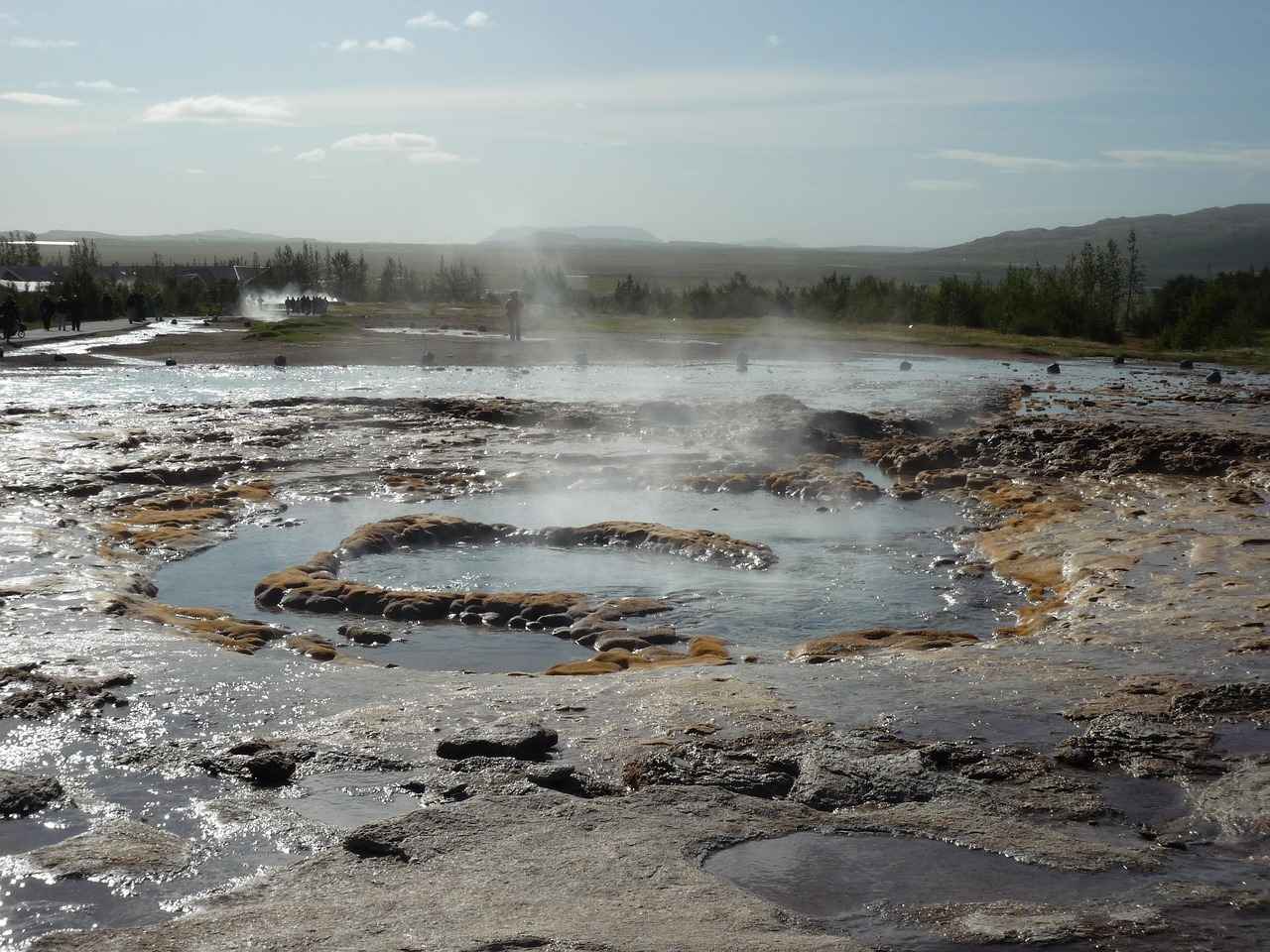
Using a Kettle for Efficiency
Electric kettles have revolutionized the way we boil water, offering a quick and energy-efficient solution compared to traditional stovetop methods. In this section, we will delve into the advantages of using electric kettles, how they work, and tips for maximizing their efficiency.
Why Choose an Electric Kettle?
- Speed: Electric kettles are designed to heat water rapidly, often boiling a full kettle in just a few minutes. This is significantly faster than using a stovetop, which can take longer due to heat dispersion.
- Energy Efficiency: Electric kettles typically consume less energy than boiling water on the stove. They convert nearly all of their energy into heat, minimizing waste.
- Convenience: With features like automatic shut-off, temperature control, and keep-warm functions, electric kettles provide a level of convenience that stovetops cannot match.
How Electric Kettles Work
Electric kettles utilize a heating element that is submerged in the water. When activated, this element heats the water directly, allowing for a rapid increase in temperature. The design of electric kettles often includes a spout for easy pouring and a handle that remains cool to the touch, ensuring safety while in use.
Choosing the Right Electric Kettle
Not all electric kettles are the same. When selecting one, consider the following features:
- Capacity: Kettles come in various sizes, typically ranging from 1 to 2 liters. Choose one that fits your needs, whether for single servings or larger quantities.
- Material: Stainless steel, glass, and plastic are common materials. Stainless steel is durable and retains heat well, while glass allows you to see the water level.
- Temperature Settings: Some kettles offer adjustable temperature settings, which are ideal for brewing different types of tea or coffee.
How to Use a Kettle Effectively
To get the most out of your electric kettle:
- Fill Wisely: Avoid overfilling or underfilling your kettle. The ideal amount is usually between the minimum and maximum fill lines.
- Use Fresh Water: Always use fresh water for the best taste. Reboiling old water can lead to a flat taste.
- Keep it Clean: Regularly descaling your kettle will improve performance and prolong its lifespan.
Additional Tips for Efficiency
To further enhance the efficiency of your boiling process, consider the following:
- Use Hot Tap Water: Starting with hot tap water can reduce boiling time.
- Cover the Kettle: If your kettle allows it, keeping the lid on while boiling will trap heat and speed up the process.
In summary, electric kettles offer a range of benefits, from speed and energy efficiency to convenience and safety. By understanding how they work and implementing effective usage techniques, you can significantly enhance your kitchen efficiency.
Choosing the Right Electric Kettle
is crucial for anyone looking to boil water quickly and efficiently. With a variety of models available on the market, understanding the key features can help you make an informed decision.
First and foremost, consider the power rating of the kettle. Most electric kettles range from 1500 to 3000 watts. A higher wattage typically means faster boiling times. For instance, a 3000-watt kettle can boil a liter of water in approximately 3 to 4 minutes, making it a great choice for those in a hurry.
Next, look at the capacity of the kettle. Electric kettles vary in size, usually ranging from 1 liter to 2.5 liters. If you frequently prepare beverages for multiple people, opting for a larger capacity will save you time. However, if you only need to boil water for one or two cups, a smaller kettle may be more efficient.
Material is another important factor to consider. Electric kettles are often made from stainless steel, glass, or plastic. Stainless steel kettles are durable and retain heat well, while glass kettles allow you to see the water level and boiling process. Plastic kettles tend to be lighter and more affordable but may not retain heat as effectively.
Additionally, check for safety features such as automatic shut-off and boil-dry protection. These features prevent the kettle from overheating and potentially causing damage or accidents. An automatic shut-off feature will turn the kettle off once the water reaches a boil, ensuring your safety and conserving energy.
| Feature | Importance |
|---|---|
| Power Rating | Faster boiling times |
| Capacity | Convenience for multiple servings |
| Material | Durability and heat retention |
| Safety Features | Prevent overheating and accidents |
Another feature to consider is the design of the kettle. A kettle with a wide spout makes pouring easier and reduces the risk of spills. A comfortable handle is also essential for safe pouring, especially when dealing with hot water. Some kettles even come with cordless designs that allow for easy maneuverability.
Finally, don’t forget to read customer reviews and ratings. This feedback can provide valuable insights into the kettle’s performance and reliability. Look for kettles that have consistently high ratings for boiling speed, durability, and ease of use.
In summary, selecting the right electric kettle involves considering various factors such as power rating, capacity, material, safety features, and design. By focusing on these key elements, you can choose a kettle that meets your needs and enhances your boiling experience.
How to Use a Kettle Effectively
Using an electric kettle is a great way to expedite the process of boiling water. However, to maximize its efficiency and achieve the fastest results, it’s essential to implement some practical techniques. Below are several tips that can help you get the most out of your electric kettle.
1. Fill the Kettle Appropriately
One of the most important aspects of using an electric kettle is ensuring that you fill it to the right level. Most kettles have a minimum and maximum fill line. Filling it above the maximum line can lead to boiling over, while filling it below the minimum line can result in insufficient heating. For optimal efficiency, fill the kettle with only the amount of water you need.
2. Use Hot Tap Water
If your tap water is already warm, consider using it instead of cold water. This simple adjustment can reduce the time it takes for the kettle to bring the water to a boil. Just be cautious about the quality of your tap water, ensuring it’s safe for consumption.
3. Keep the Kettle Clean
Regularly cleaning your electric kettle can significantly impact its performance. Limescale buildup can hinder heating efficiency, so it’s important to descale your kettle periodically using a mixture of vinegar and water or a commercial descaling solution. A clean kettle heats water faster and uses less energy.
4. Use a Lid
Most electric kettles come with a lid, and using it is crucial. A lid traps heat and steam, allowing the water to reach boiling point more quickly. Ensure that the lid fits securely to maximize heat retention.
5. Choose the Right Kettle
When selecting an electric kettle, consider features such as wattage and design. Higher wattage kettles typically boil water faster due to increased power. Additionally, kettles with a broader base can provide better heat distribution, further speeding up the boiling process.
6. Avoid Overfilling
Overfilling your kettle not only wastes energy but can also lead to longer boiling times. Stick to the recommended fill line to ensure the kettle operates efficiently. If you need a large quantity of water, consider boiling it in batches.
7. Utilize the Right Settings
Some electric kettles come with temperature settings for different types of beverages, such as tea or coffee. Using the appropriate setting can help you achieve the desired temperature quickly, especially if you’re not looking to boil the water to its maximum point.
8. Keep the Kettle on a Flat Surface
For safety and efficiency, always place your kettle on a flat and stable surface. This ensures that the kettle’s heating element makes proper contact with the base, allowing it to heat water effectively. An unstable surface can lead to uneven heating and longer boiling times.
9. Use Smaller Quantities for Faster Results
If you need water quickly, consider boiling smaller amounts. Smaller volumes of water heat up faster than larger ones. If you don’t need a full kettle, just boil what you require.
10. Turn Off the Kettle Promptly
Once your water reaches a boil, turn off the kettle promptly to prevent overheating and conserve energy. Most modern kettles have an automatic shut-off feature, but it’s still a good practice to monitor the boiling process.
By implementing these techniques, you can maximize the efficiency of your electric kettle, ensuring you get the fastest boiling results possible. Whether you’re preparing a quick cup of tea or cooking pasta, these tips will help streamline your kitchen experience.
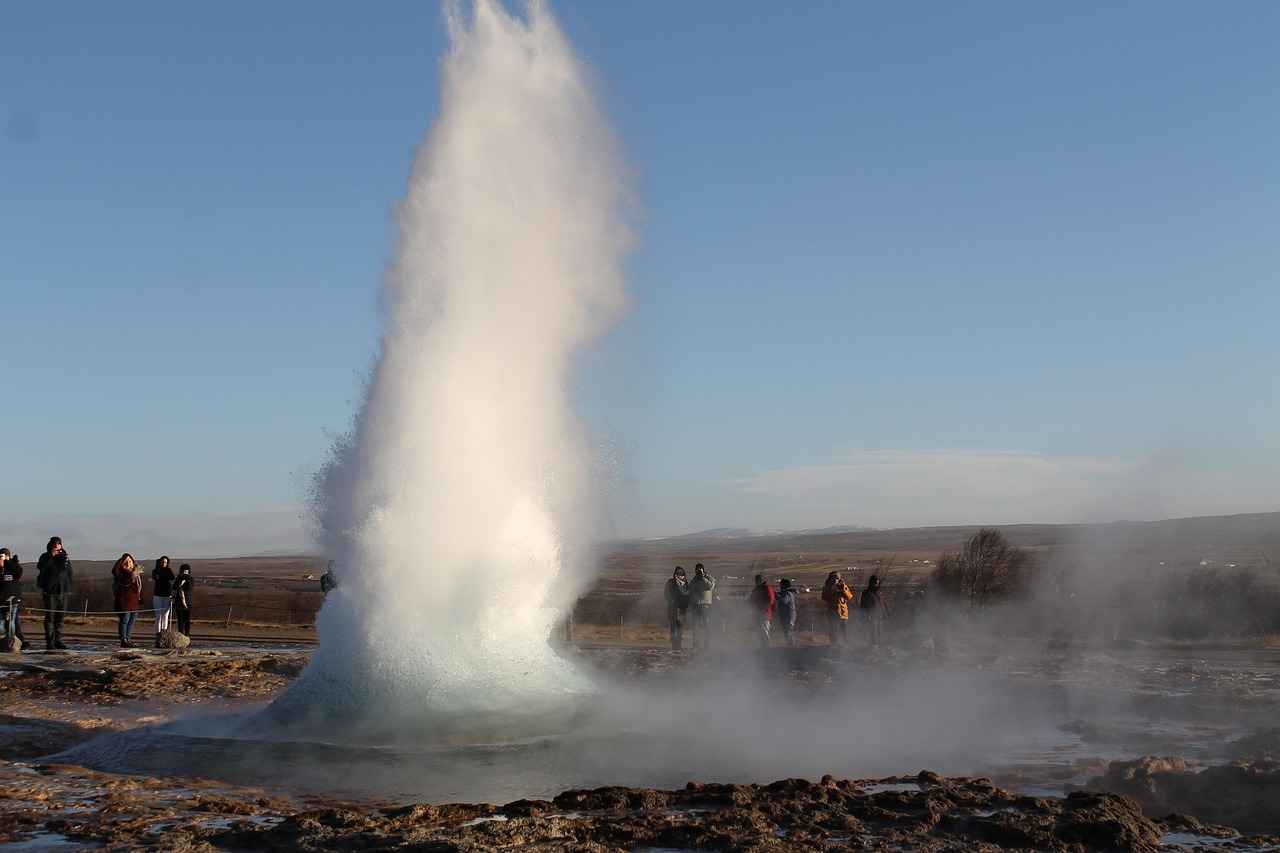
Preheating Water: Is It Worth It?
Preheating water is a technique that can be employed to expedite the boiling process, making it a popular choice among home cooks looking to save time in the kitchen. This section delves into the benefits and limitations of preheating water, whether using a microwave or hot tap water, and how these methods can impact your cooking efficiency.
- Time Efficiency: One of the primary advantages of preheating water is the significant time savings. By starting with warm water, the time it takes to reach a boil is noticeably reduced.
- Energy Savings: Preheating water can also lead to energy efficiency. Using a microwave or hot tap water requires less energy than boiling cold water from scratch, which can be beneficial for both your utility bills and the environment.
- Convenience: In busy kitchens, preheating offers convenience, allowing cooks to multitask effectively. While the water is heating, you can prepare other ingredients or set up your cooking station.
- Microwave Limitations: While microwaves are convenient for preheating, they can lead to uneven heating. This unevenness can result in hot spots where some water is boiling while other parts remain cool.
- Tap Water Quality: The quality of your tap water can affect the preheating process. If your tap water contains impurities or high mineral content, it may not be ideal for cooking, potentially affecting the taste of your dishes.
- Volume Constraints: Preheating large quantities of water in a microwave is impractical. Most microwaves have limited capacity, which may necessitate multiple rounds of heating for larger pots.
To maximize the benefits of preheating water, consider the following strategies:
- Use a Covered Container: When microwaving water, cover the container to promote even heating and reduce the risk of spills.
- Monitor Temperature: Use a thermometer to ensure the water reaches the desired temperature without overheating, which can lead to boiling over.
- Combine Methods: For best results, you might combine preheating methods. For instance, start with hot tap water and then use the stove or kettle to reach a full boil.
In conclusion, preheating water can be a valuable technique in the kitchen, offering numerous benefits while also presenting some limitations. By understanding how to effectively preheat water and recognizing when it is most advantageous, home cooks can enhance their cooking efficiency and enjoy a more streamlined culinary experience.

Other Kitchen Hacks to Speed Up Boiling
When it comes to boiling water, every second counts, especially in a busy kitchen. Beyond the basics, there are numerous kitchen hacks that can significantly expedite the boiling process. This section delves into various creative methods that can help you achieve boiling water in record time.
- Use Smaller Quantities: One of the simplest tricks is to reduce the amount of water you’re trying to boil. Smaller quantities heat up faster due to less mass needing to be brought to a boil. If your recipe allows, consider boiling only what you need.
- Utilize a Whistling Kettle: Whistling kettles are designed to boil water quickly while alerting you when the water is ready. Their shape and design maximize heat retention, making them a great tool for rapid boiling.
- Preheat with Hot Tap Water: If your tap water is already warm, start with that instead of cold water. This simple adjustment can shave off valuable minutes from your boiling time.
- Employ a Pressure Cooker: Pressure cookers can dramatically reduce boiling time. By creating a sealed environment, they increase the boiling point of water, allowing it to reach higher temperatures faster.
- Use a Lid: As mentioned earlier, covering your pot with a lid traps heat and steam, which accelerates the boiling process. This is a fundamental yet often overlooked method that can yield quicker results.
- Choose the Right Burner: Not all burners are created equal. Use the largest burner for your pot size to maximize heat distribution. Additionally, ensure that the burner is clean to avoid any heat loss.
- Try Copper Cookware: Copper pots are excellent conductors of heat. Their ability to distribute heat evenly can lead to faster boiling times compared to traditional stainless steel or aluminum pots.
- Use an Induction Cooktop: If you have access to an induction cooktop, take advantage of its rapid heating capabilities. Induction cooktops heat pots directly through electromagnetic energy, making them incredibly efficient.
- Experiment with Salt: While many believe adding salt to water raises its boiling point, a small amount can actually help water boil faster due to increased heat retention. However, the effect is minimal, so use this method judiciously.
- Maintain Pot and Burner Efficiency: Regularly clean your pots and burners to ensure optimal heat conduction. Residue buildup can slow down the heating process, so keep them in top condition.
Implementing these hacks can transform your boiling experience, making it faster and more efficient. Whether you’re preparing pasta, vegetables, or any other dish requiring boiling water, these techniques can help you save time and energy in the kitchen. Experiment with these methods to find the combination that works best for your cooking style.
Frequently Asked Questions
- What type of pot is best for boiling water quickly?
The best pots for boiling water quickly are typically made of aluminum or stainless steel. Aluminum has excellent heat conductivity, which means it heats up faster than other materials. However, stainless steel is more durable and retains heat well, making it a good option too. Choose a pot that is wide and shallow to increase the surface area for faster boiling.
- Does covering the pot with a lid really help?
Absolutely! Using a lid traps heat and steam inside the pot, which can significantly reduce boiling time. This is because the steam pressure builds up, raising the temperature and speeding up the process. So, next time you boil water, don’t forget to cover it!
- Is it true that adding salt to water makes it boil faster?
Not quite! While adding salt does increase the boiling point of water, it actually makes the water take longer to reach that point. So, if you’re looking to boil water faster, it’s best to skip the salt until after the water is boiling.
- Are electric kettles faster than stovetop methods?
Yes, electric kettles are generally faster than boiling water on the stovetop. They are designed specifically for rapid boiling, often reaching the boiling point in just a few minutes. Plus, they are energy-efficient, making them a great choice for quick boiling.
- Can I preheat water in the microwave to save time?
Yes, preheating water in the microwave can save time! Just be cautious, as microwaved water can heat unevenly and may not boil evenly. Always use a microwave-safe container and watch it closely to avoid superheating.
